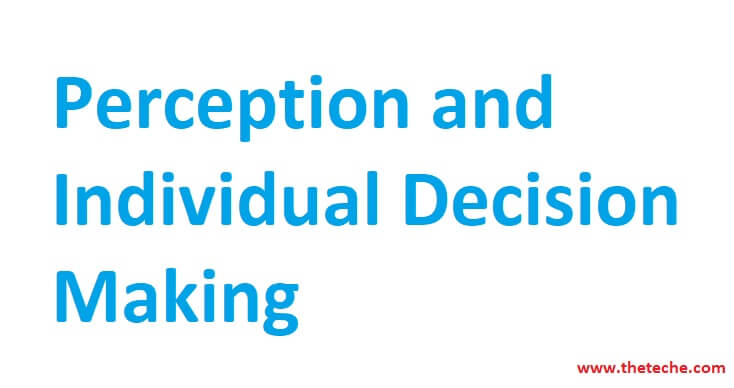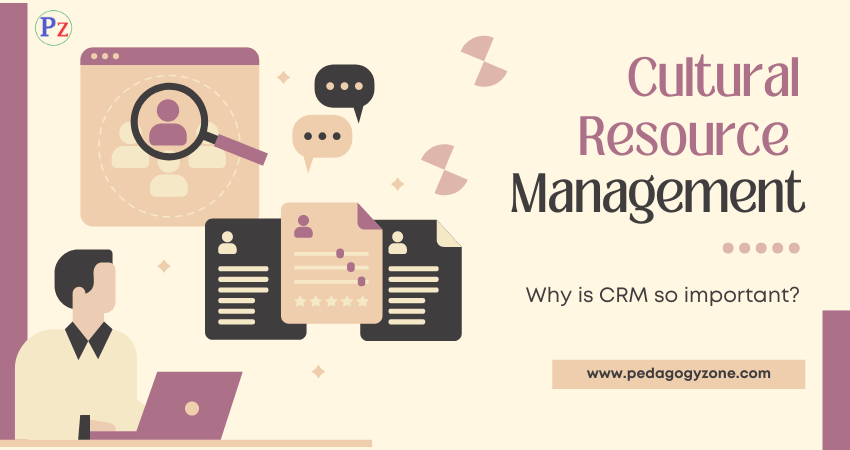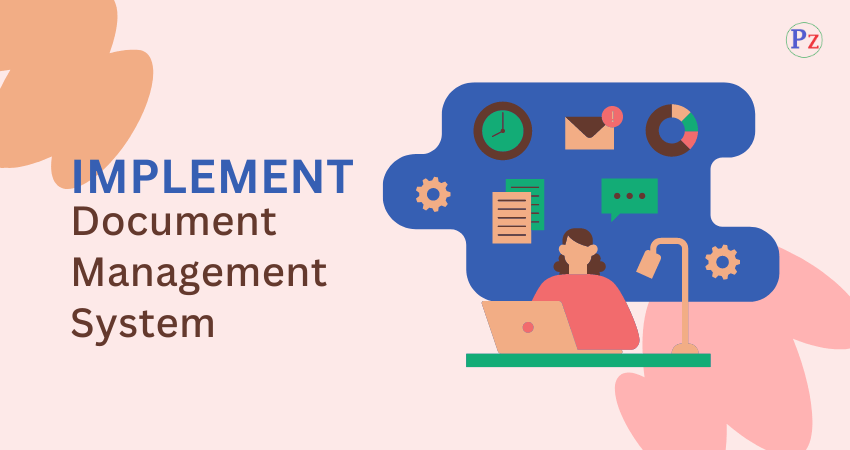Individuals in organizations make decisions and hence they make choices among two or more alternatives. Making decisions is not the safe province of managers. Nonmanagerial employees also make decisions that affect their jobs/the organizations for which they work. An increasing number of organizations in recent years have been empowering their non-managerial employees with job related decision making authority that historically was received for managers alone. Individual decision making therefore, is an important part of OB. But how individuals in organizations make decisions and the quality of their final choices are largely influenced by their perceptions?
Decision making occurs as a reaction to a problem i.e., is there a discrepancy
between some current state of affairs? some desired state, requiring consideration of alternative courses of action? One person’s problem is another person’s satisfactory state of affairs.
For Example
One manager may view his division’s 2% decline in quarterly sales to be a
serious problem requiring immediate action on his part. On the other hand, her counterpart in another division of the same company, who also had a 2% sales decrease, may consider that percentage quite acceptable. So the awareness that a problem exists and that a decision needs to be made is a perceptual issue.
Moreover, every decision requires interpretation and evaluation of information. Data are typically received from multiple sources and they need to be screened, processed and interpreted. Which data, for instance, are relevant to the decision and which are not? The perceptions of the decision- maker will answer that question.
Alternatives will be developed, and the strengths and weaknesses of each will need to be evaluated. As alternatives cannot be identified accurately with their strengths and weaknesses clearly marked, the individual decision maker’s perceptual process will have a large bearing on the final outcome
How should decisions be made?
How should individuals behave in order to maximize or optimize a certain outcome? We call this the rational decision-making process.
The rational decision-making process
The optimizing decision – making is rational i.e., he/she makes consistent, value maximizing choices within specified constraints. These choices are made following a six-step rational decision making model.
| Read More Topics |
| Managing ethical issues in HRM |
| Incentive plans in HRM |
| Effective performance appraisal |
| Career planning and development |





